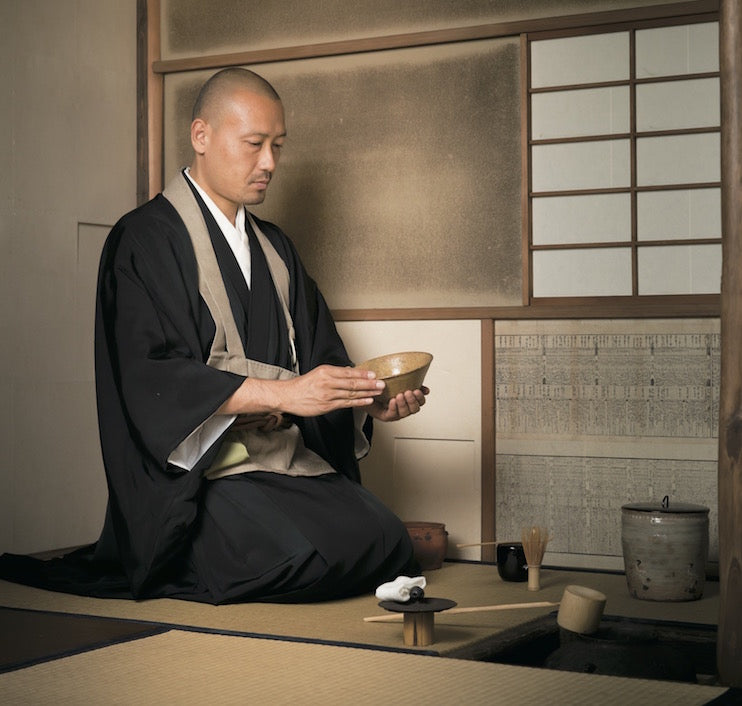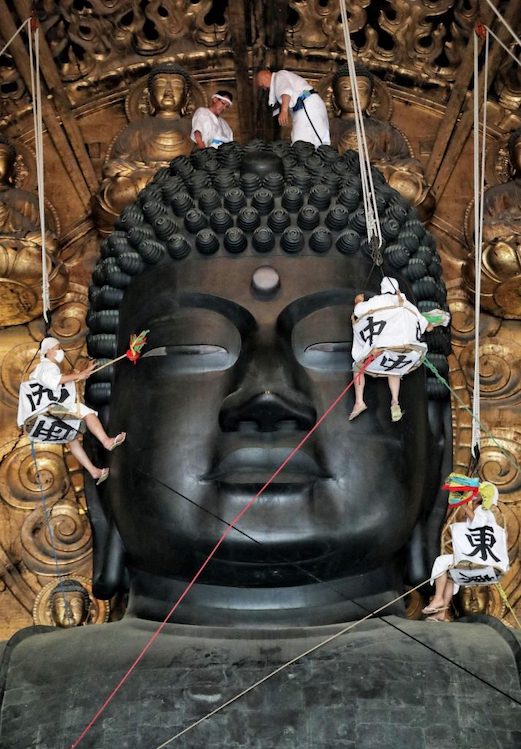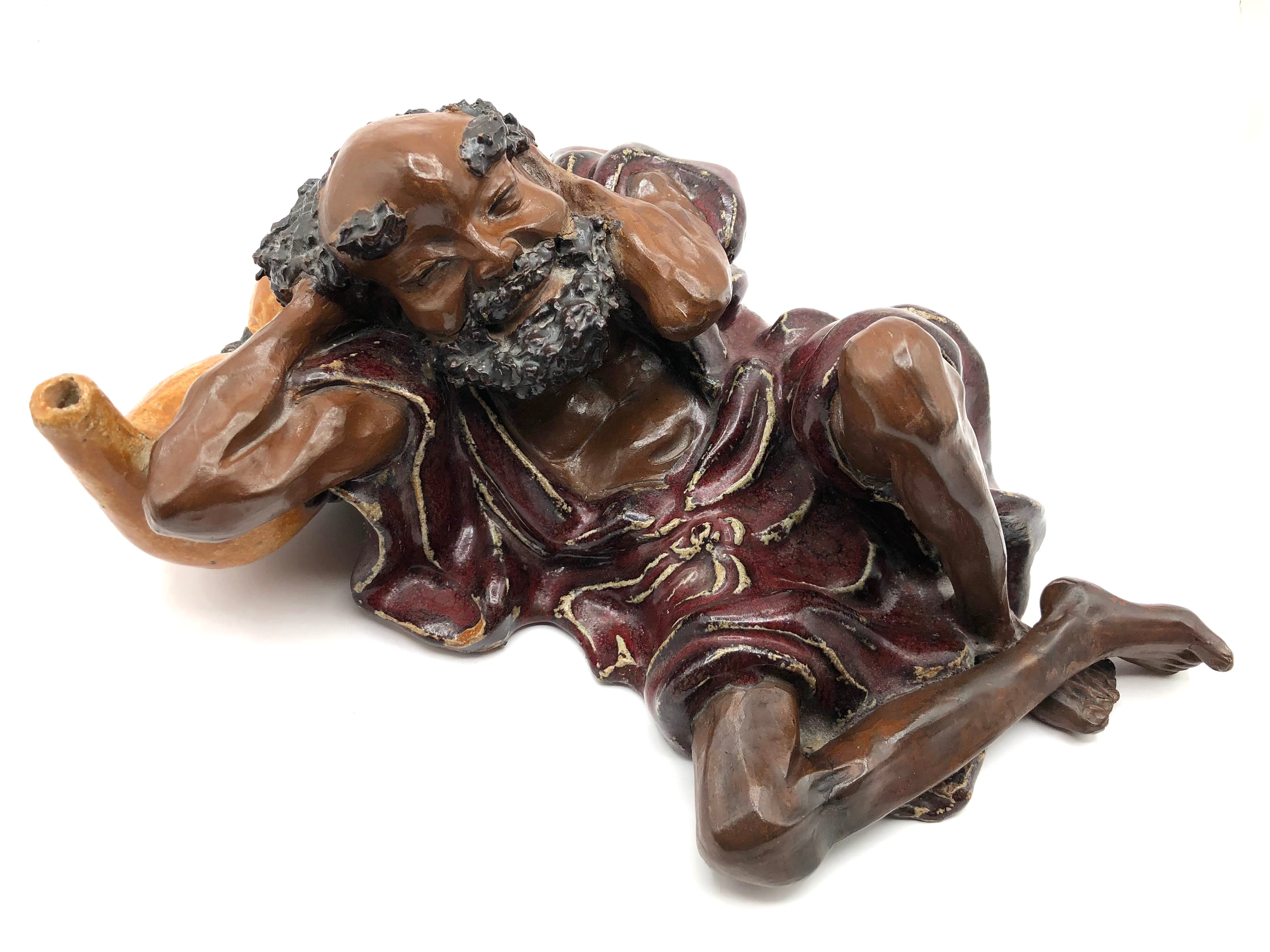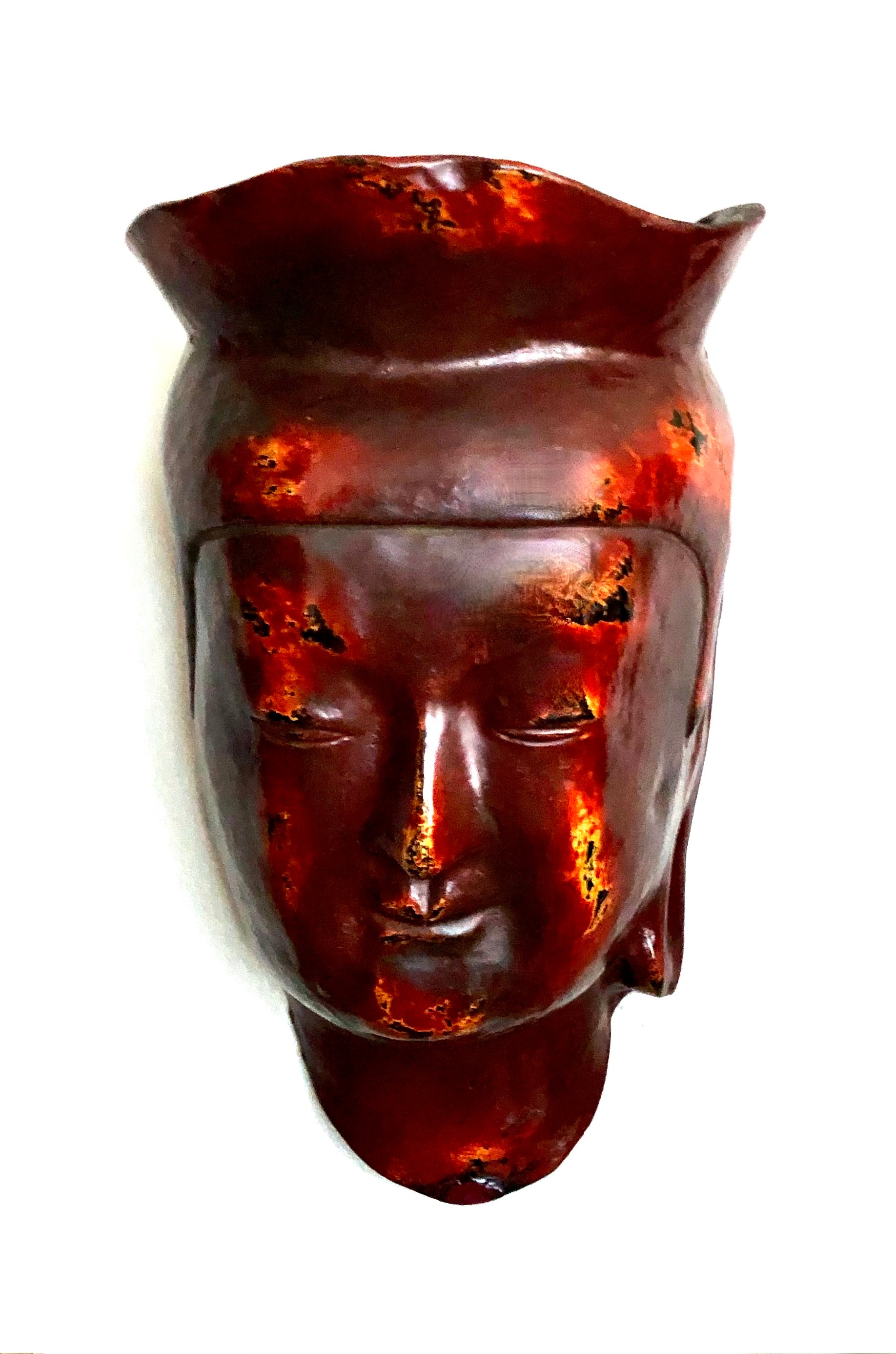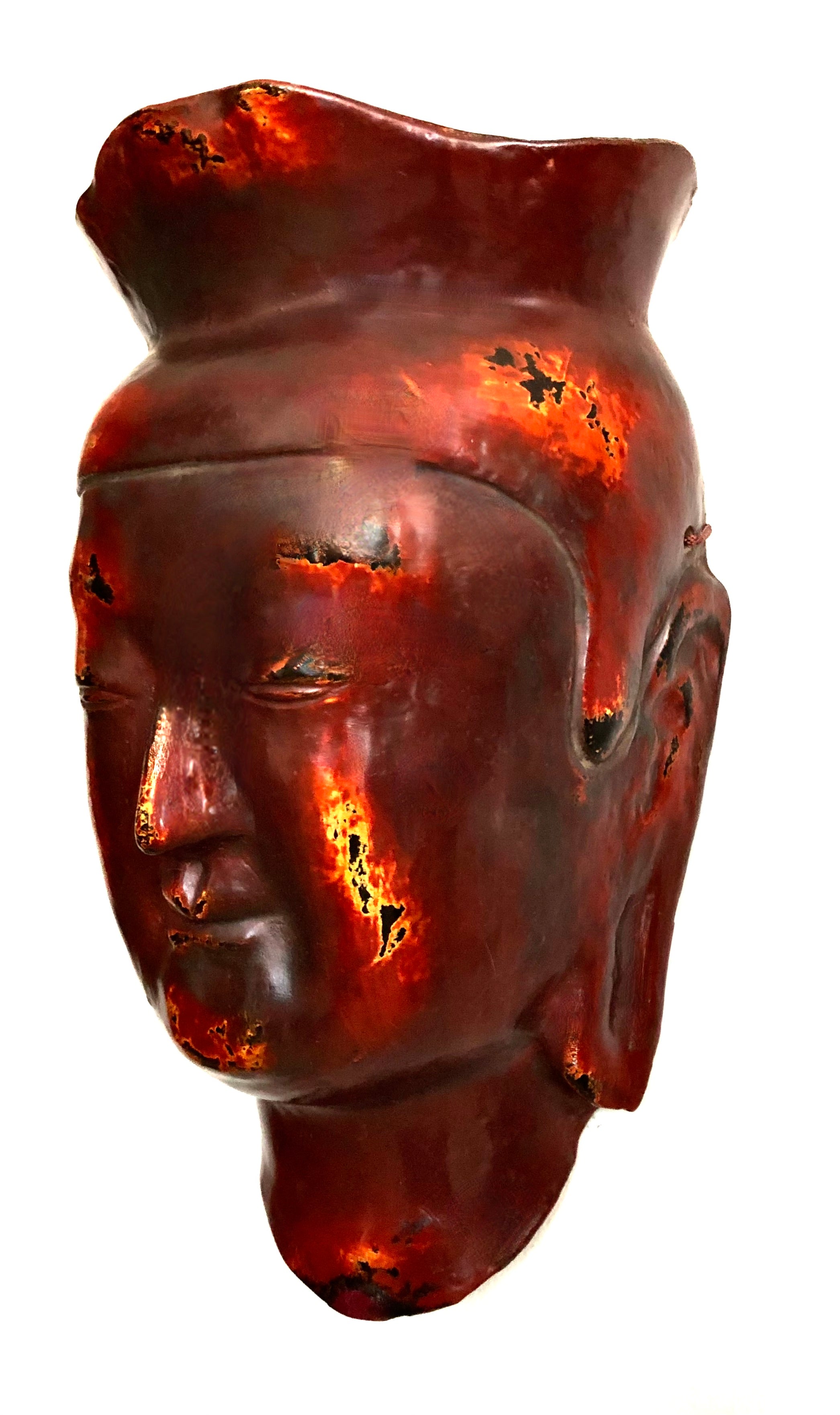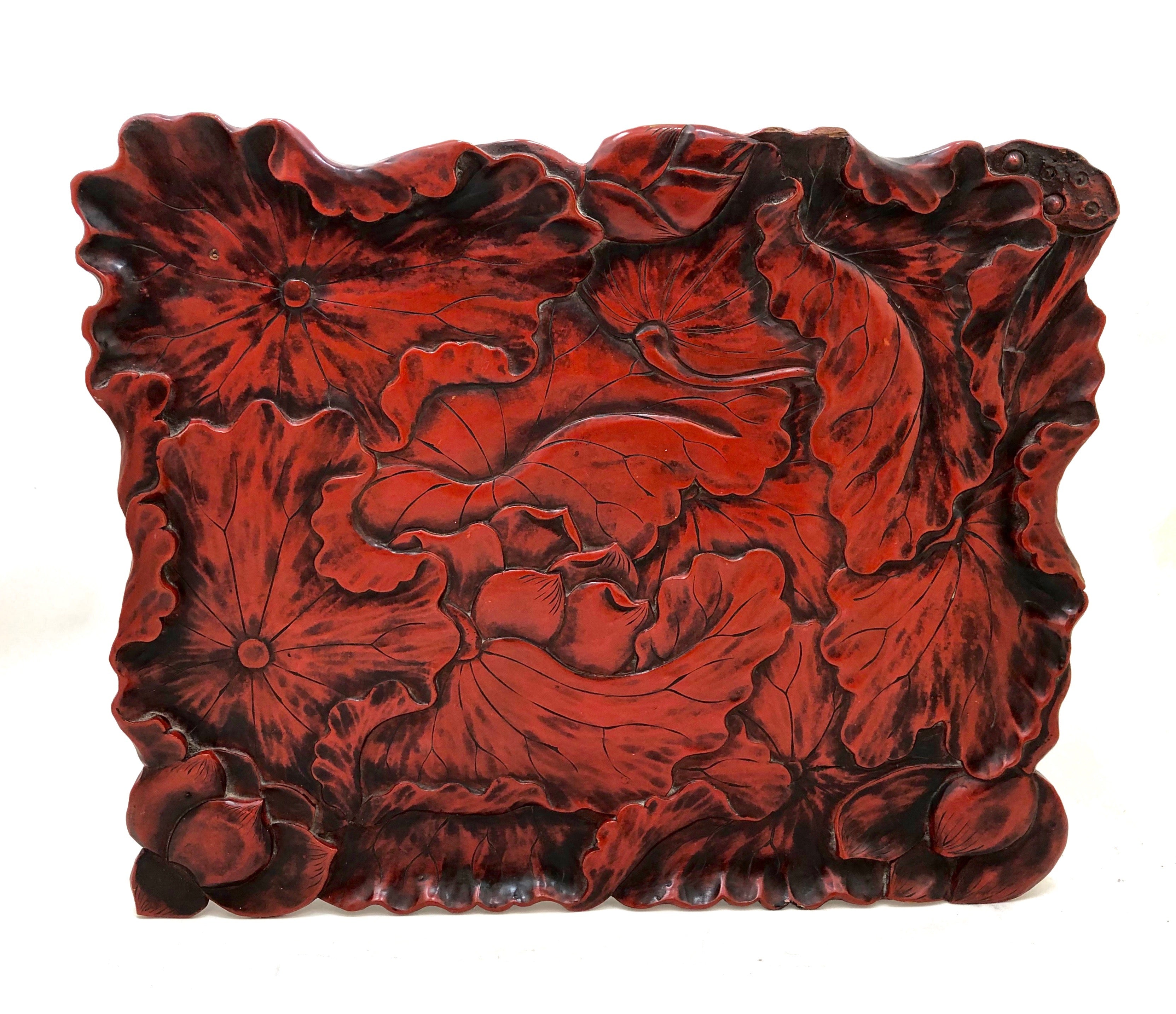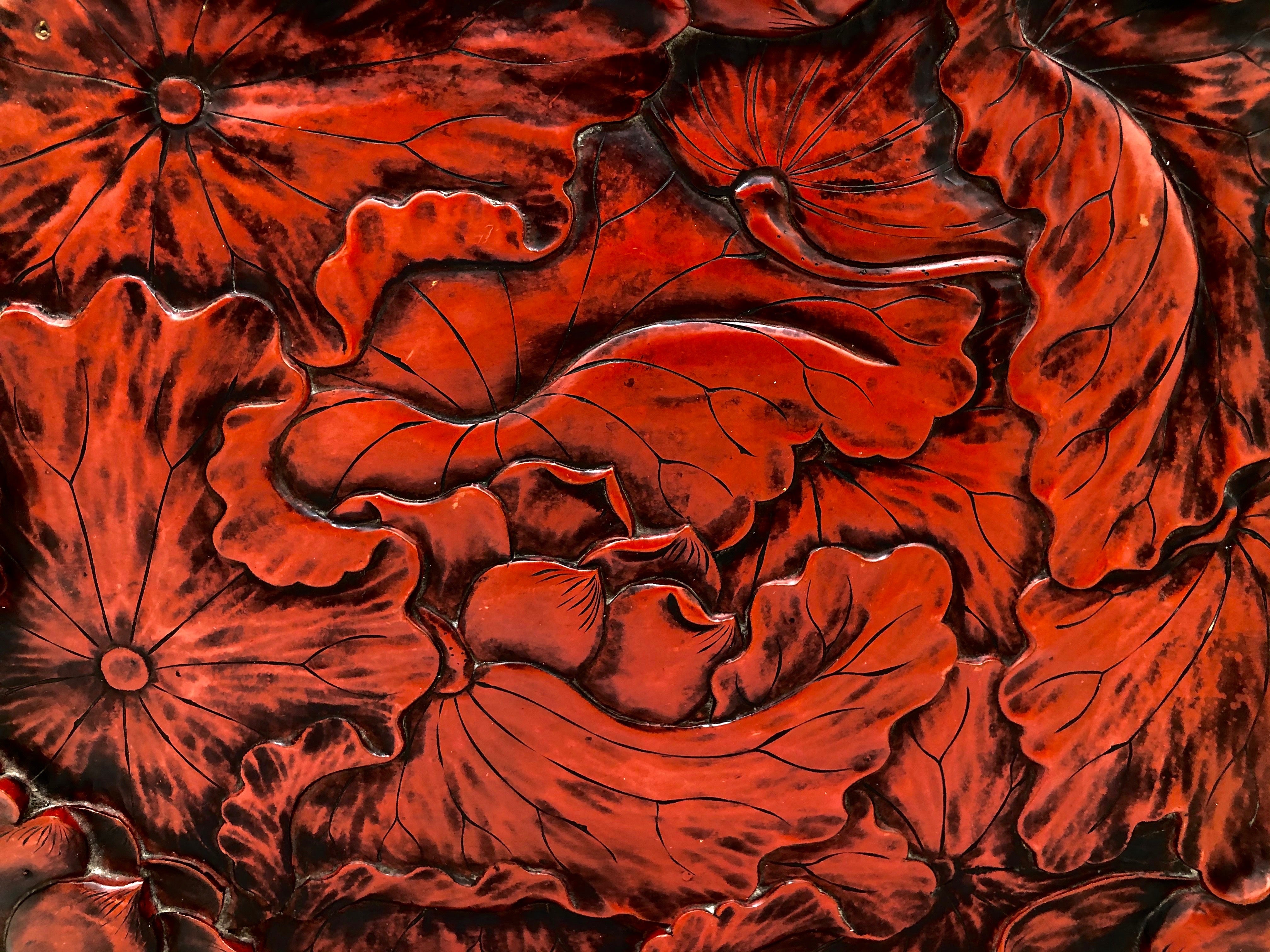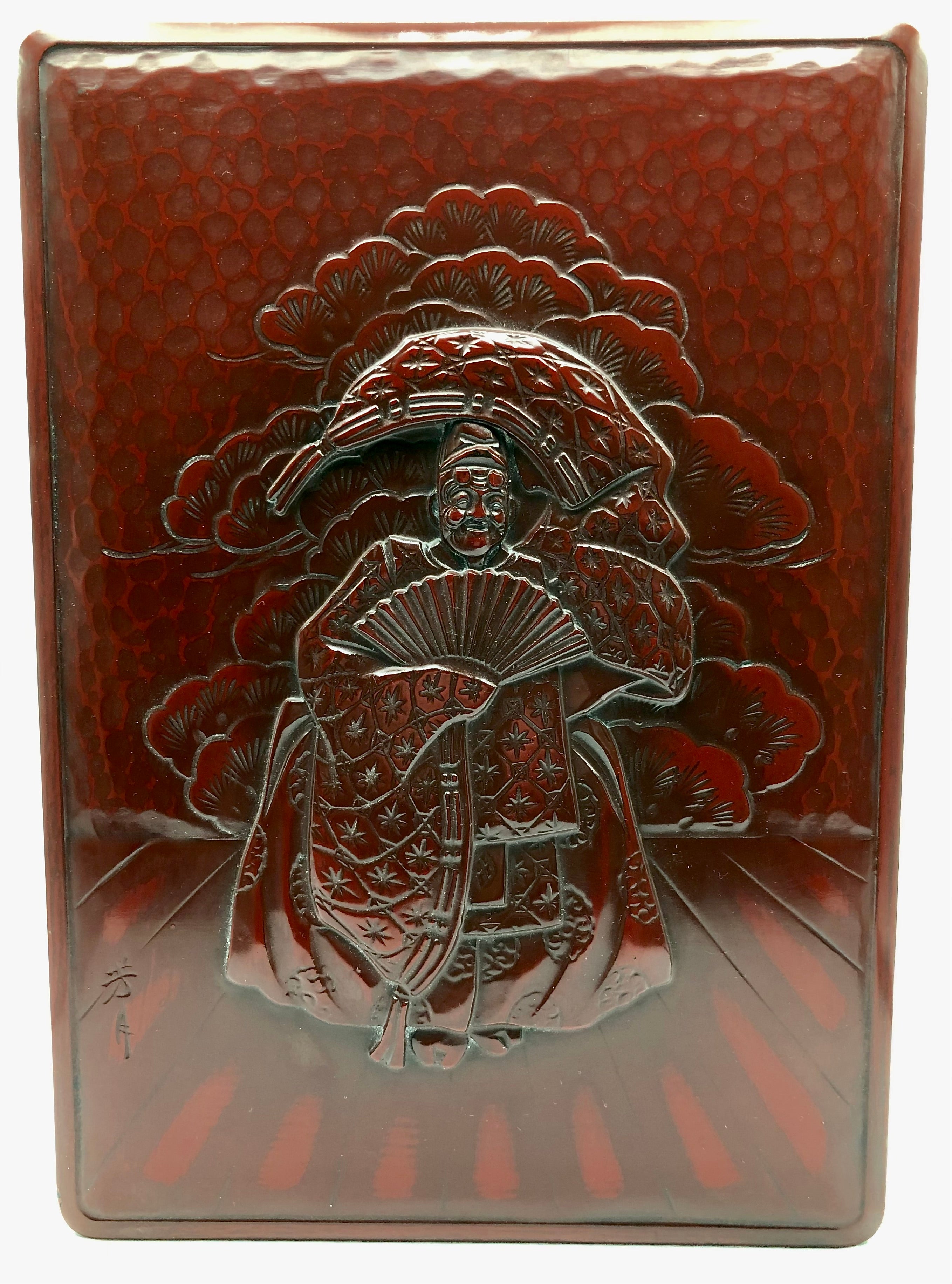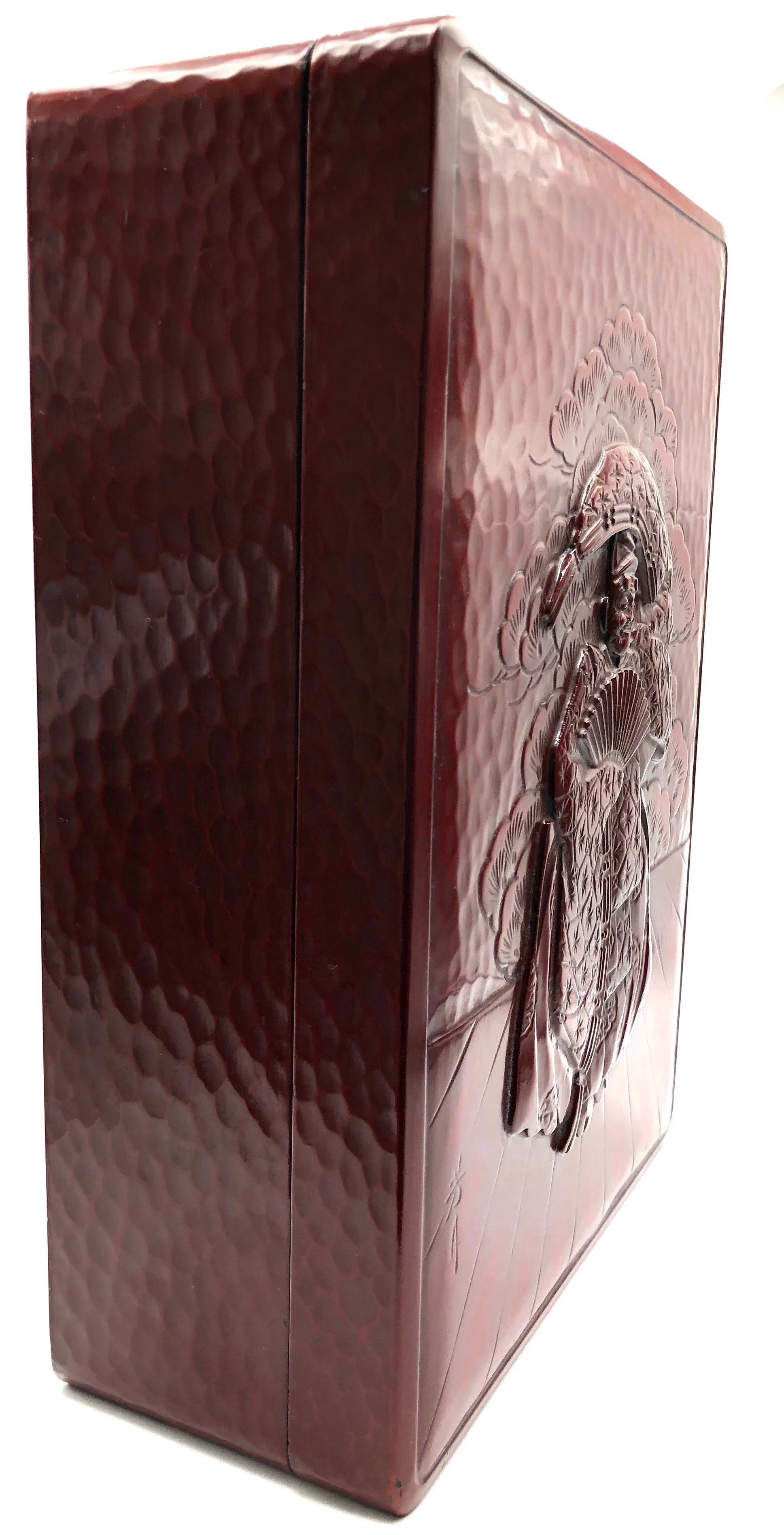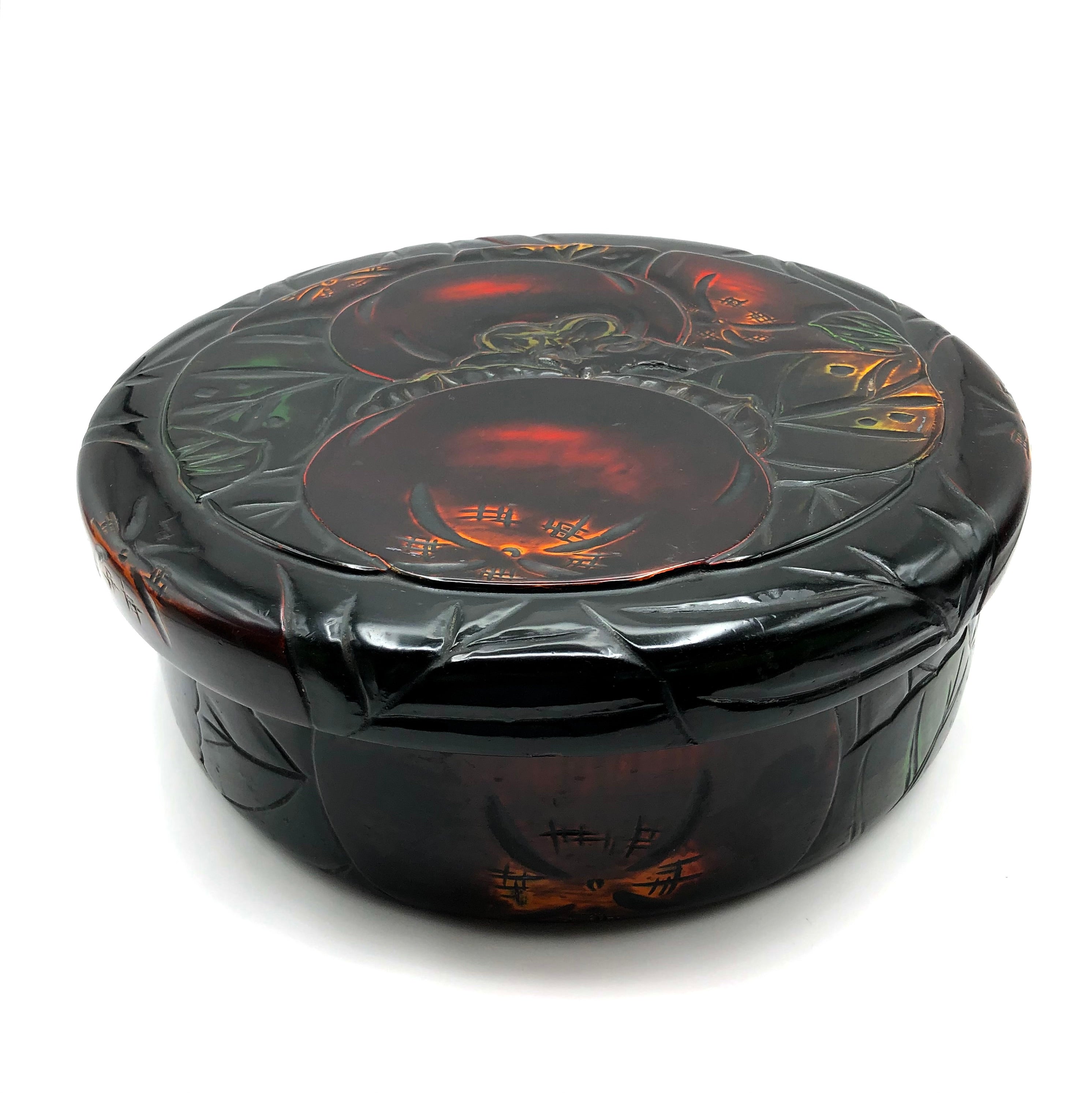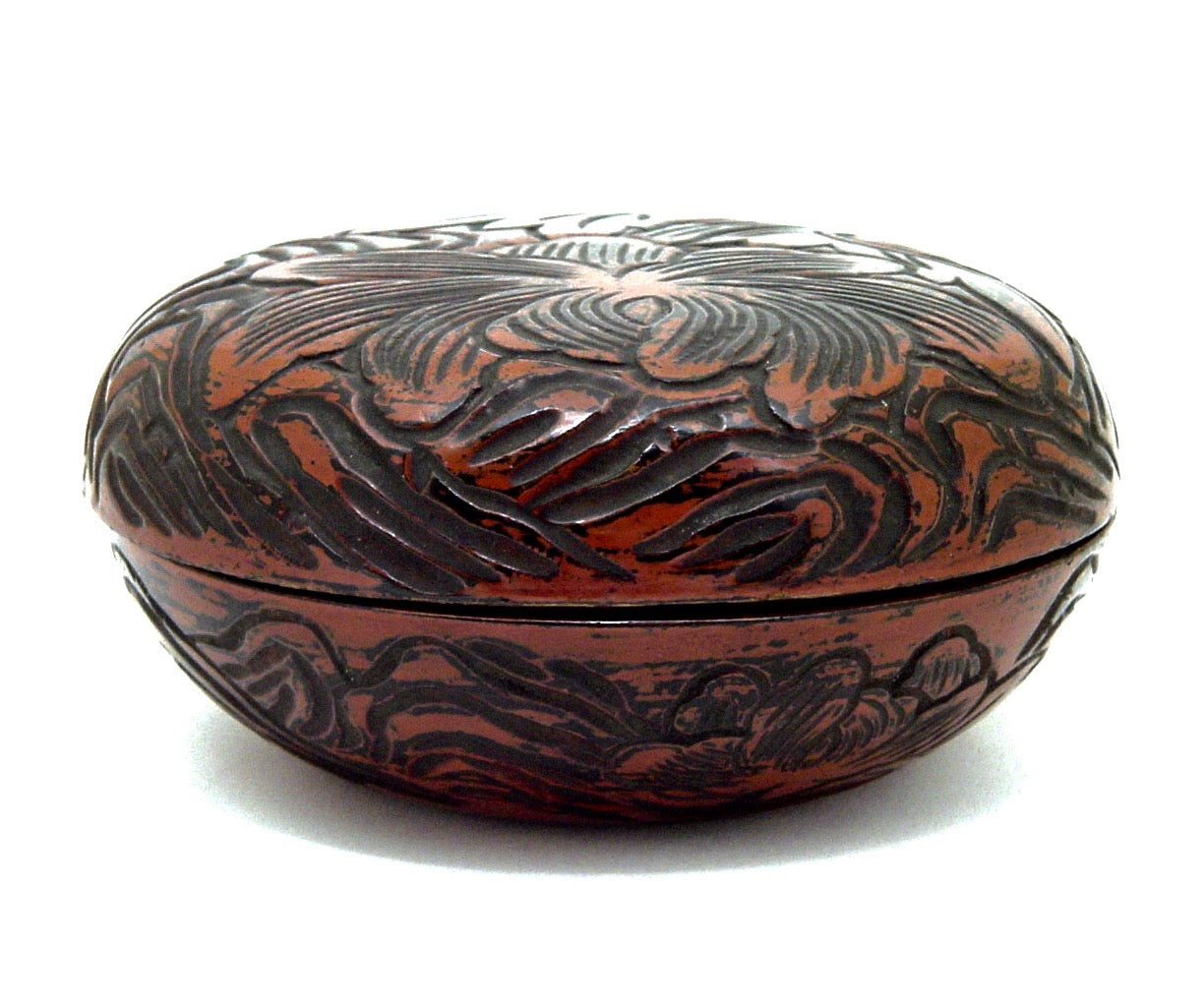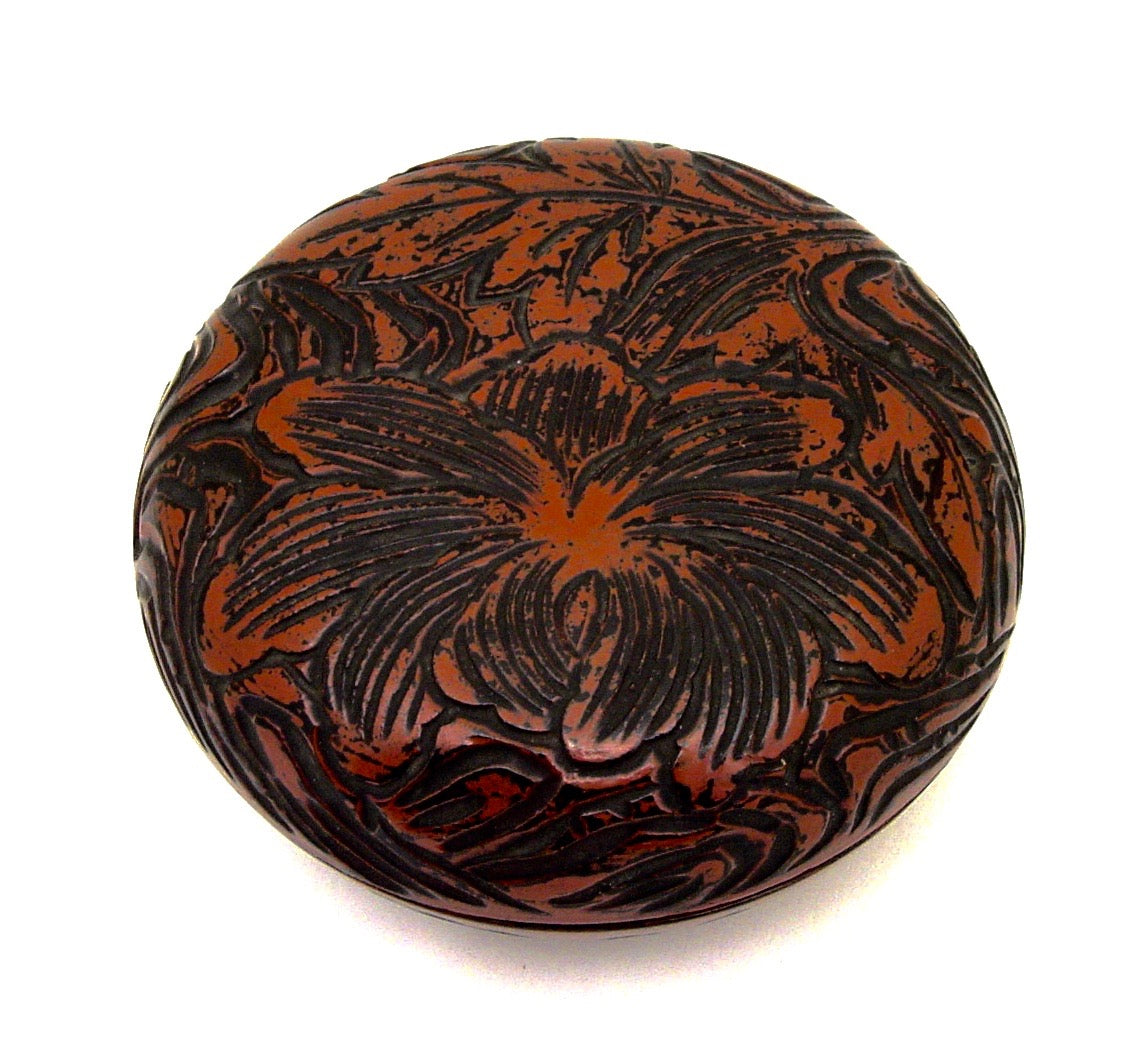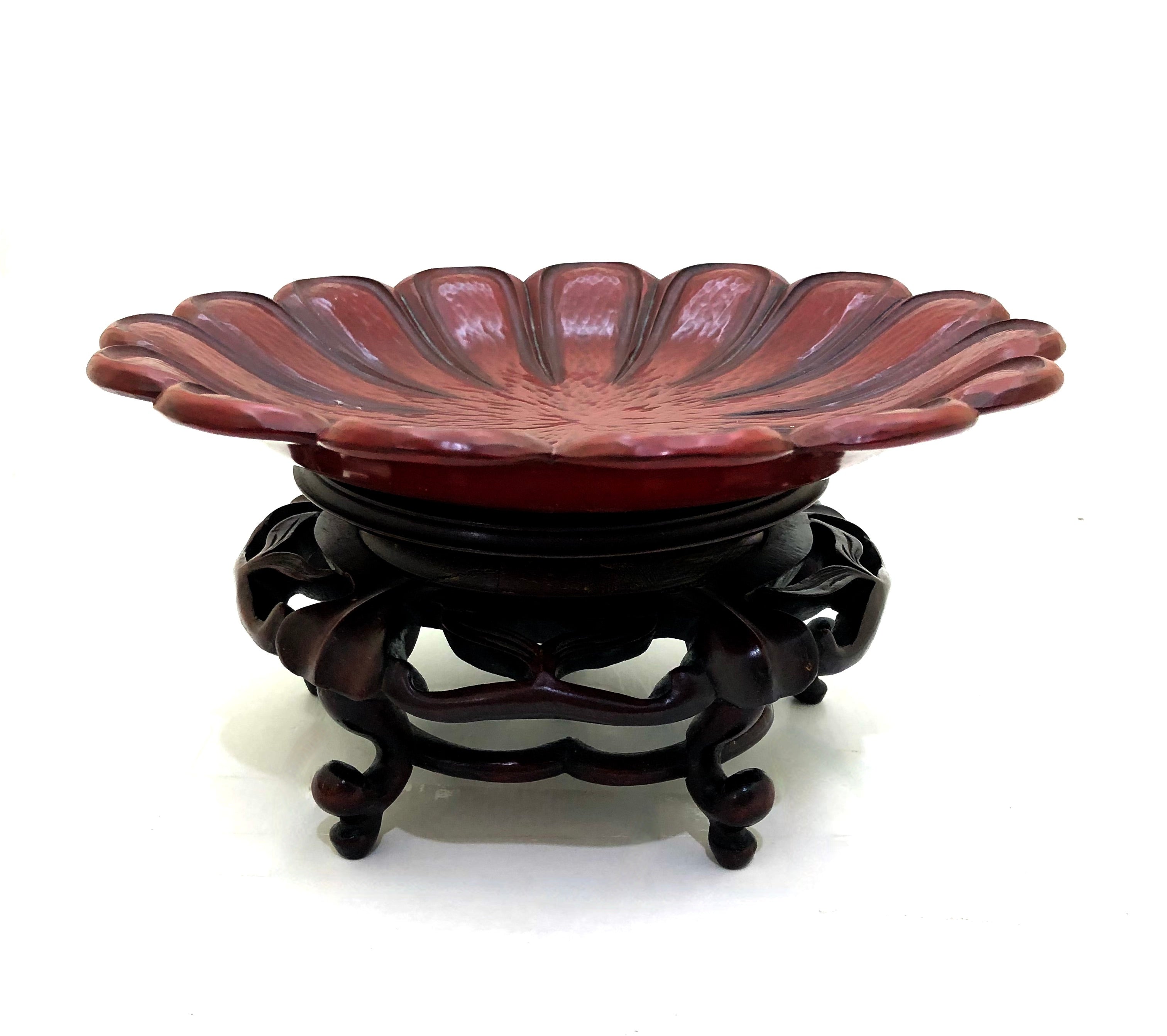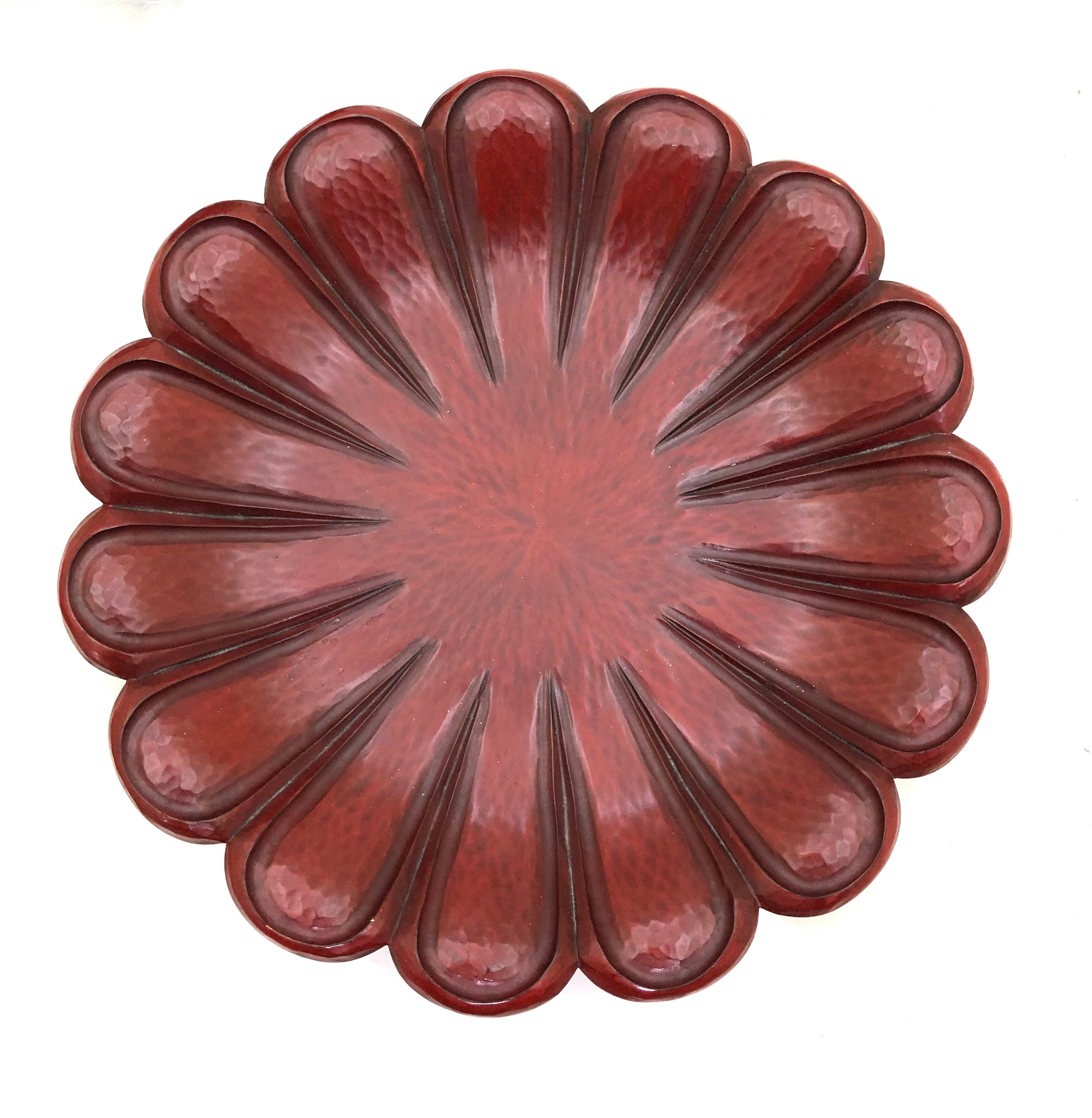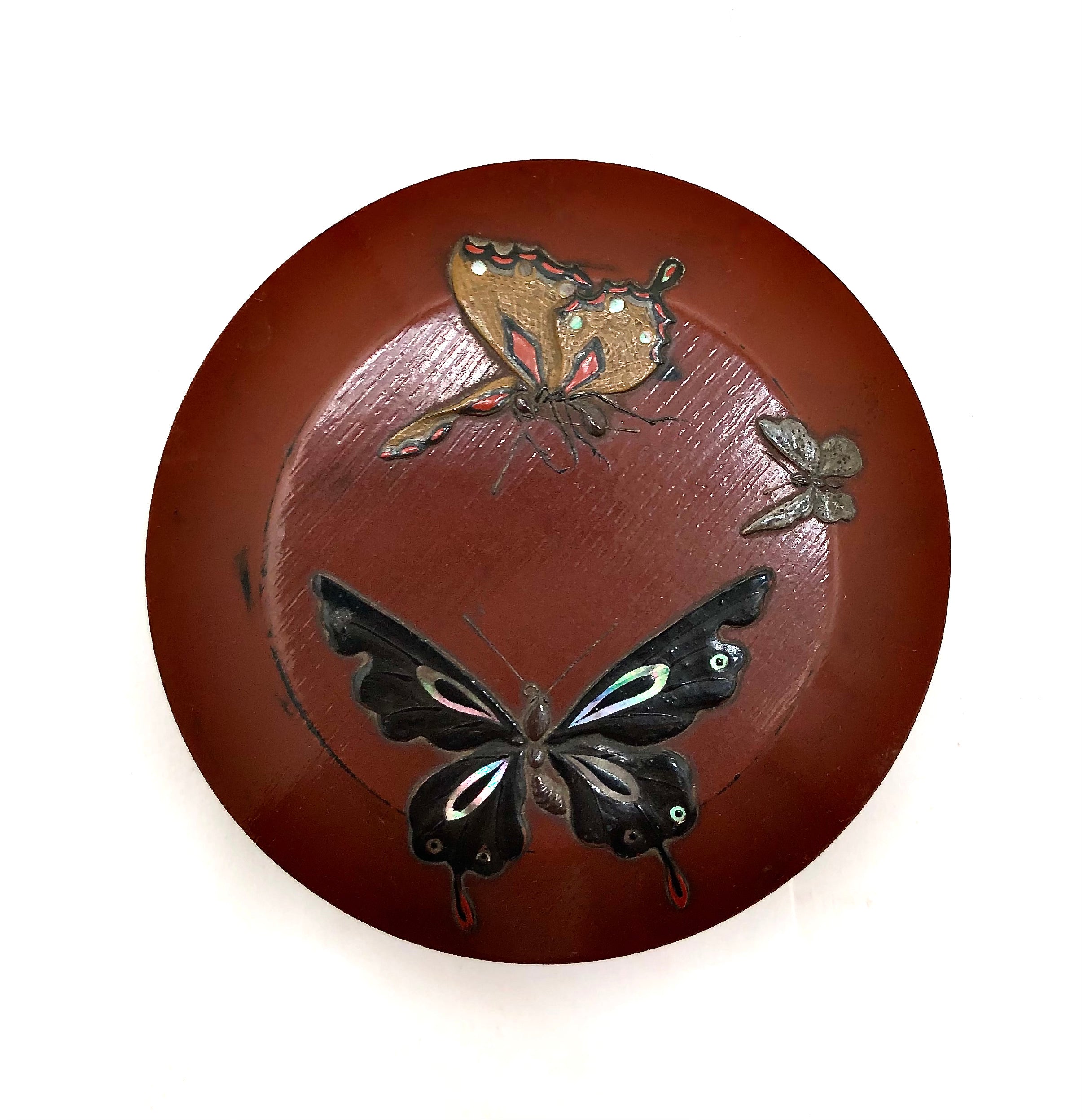Kogo is a Buddhist tea and altar accessory, refers to a small, lidded container for incense, which is placed in the Kogo before making tea, in order to burn incense in a hearth when preparing the water for tea. Three pieces of incense are always put in a Kogo, with two pieces dropped near charcoal and smoked. They are added to the charcoal fire during the charcoal-laying procedure to enhance the atmosphere, and as the Sumi, (charcoal), gets hotter and hotter, the incense is released for continuous fragrance in the Chashitsu, (space of tea ceremony). Kogo is a key accessory in the Japanese tea ceremony, (Chanoyu or Ocha). The Teishu, (host), of the ceremony always considers the Shokyaku, (main guest), when selecting the supportive Kogo accessory to be used. Physical and social enjoyment, and refinement of the senses, being the ultimate objective.
Importance of Incense and Presentation Containers in Japan
The oldest record of incense appreciation in Japan was of jinkoh, (also known as aloes or agar wood), and appears in AD 595 in the first chronicles, titled Nihonshoki. Incense, and particularly aloeswood, initially became popular in Japan because of its associations with Buddhism and the religious ceremony. The incense is stored in a kōbako, prior to the ceremony, and burned in a censer at the altar to purify the air, creating a more sacred space for performing religious rites, ceremonies and contact with the divine.
In the Japanese tea ceremony, the placement of each item is considered from the guests’ view point, (angle), especially the main guests called the Shokyaku. Preparing tea in this ceremony means focusing all one's attention into the predefined movements. The whole process is not about drinking tea, but instead is about the aesthetics surrounding the ceremony, and preparing a bowl of tea from one's heart. Thus Kogo plays an important element in this process.
An Overview of Incense
 Shoyeido.com — The Most Authentic Premium/natural Tea Ceremony Incense established more than 300 years ago.
Shoyeido.com — The Most Authentic Premium/natural Tea Ceremony Incense established more than 300 years ago.
Incense is believed to have arrived in Japan when Buddhism and Buddhist monks first came to the country, from China. Incense was, and still is, an important part of Buddhism, as it’s used in ceremonies and rituals to purify the atmosphere. Once incense arrived its popularity increased, and Japanese specialists began to make their own. Over the years, Japan has adopted a wider use of incense, and it’s now one of the most important world producers of incense. As the appreciation of incense grew, increased numbers of individuals and groups took up practice of Koh-Do, (incense ceremony), to celebrate Japanese incense- making traditions, and to share their appreciation of the aromatic elements. Koh-Do remains widely practiced in Japan, and around the world, by enthusiasts of fine quality Japanese fragrances.
Magical Symbols: The Kogo

Kogo are available in different styles, symbols, motifs, and materials, and are used for different ceremonies in all four seasons. It is a form of magical realism that resembles other elements in life that we enjoy or that have some historical significance. The joy is in seeing this reminiscent artifact play out against a real backdrop like the tea ceremony, with the wabi aesthetic celebrated, becoming a part of our own shared experience. Originally, their purpose was solely functional, for these incense containers were not necessarily made with aesthetic considerations in mind. Although the notion of wabi is useful in helping us to understand the high value placed on certain wares that may have gone unnoticed in other contexts. Although today, Kogo continue to be part of the experience, and have a decorative element. Commonly made of pottery, ceramics, lacquered wood, and brilliantly enameled containers, they embody Ninsei, a spirit of eclecticism.
Today, Kogo come in forms such as animals and insects, (badger, rabbit, tiger, grasshopper, frog, and dragon flies); flowers and buds, (camellia, chrysanthemum, cherry, and plum blossoms); religious figures, (Daruma and Hime-Daruma), and also fruit and vegetable forms: (gourds and beans). In fact, the contrast between each Kogo serves to highlight the unique beauty.


